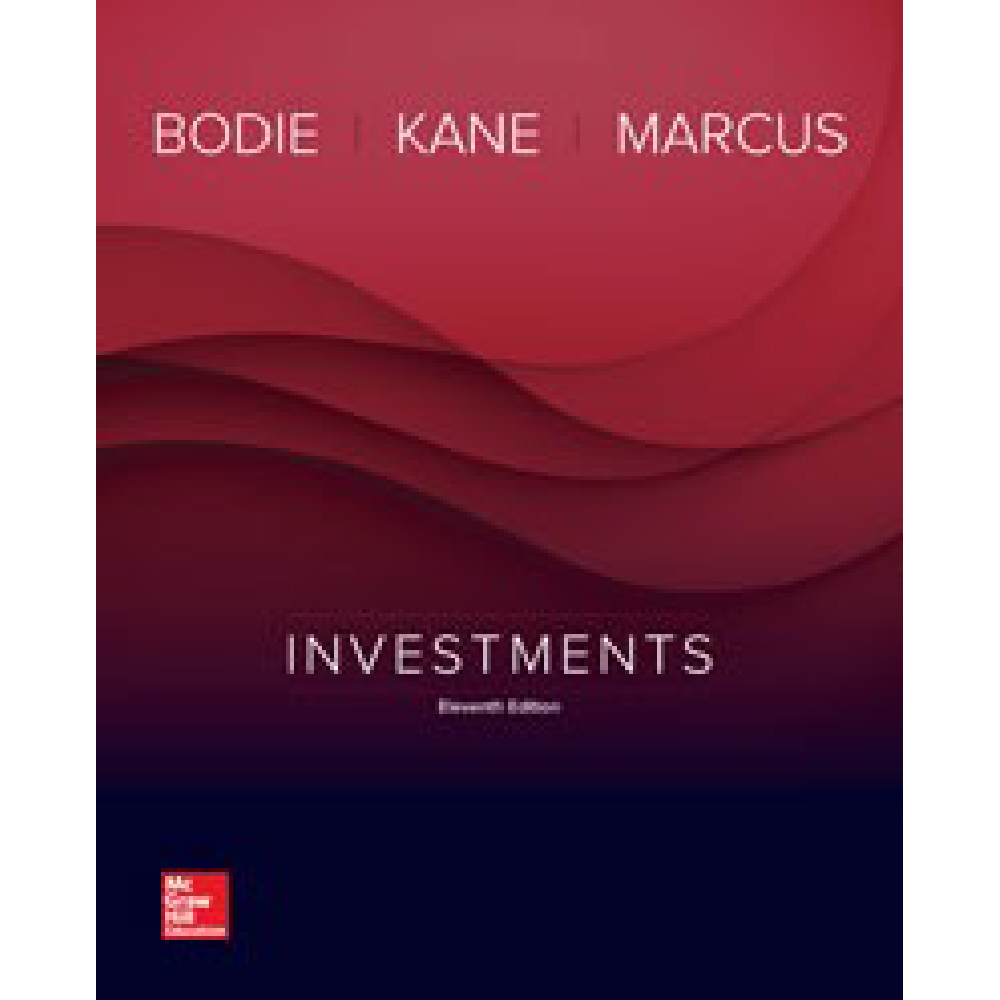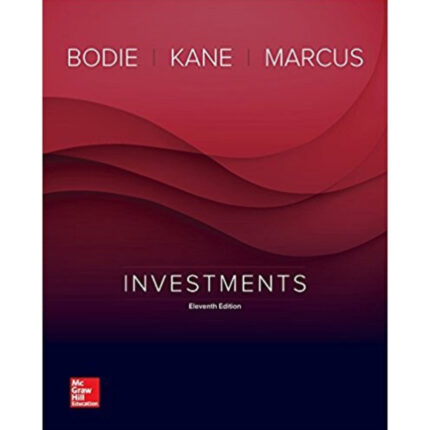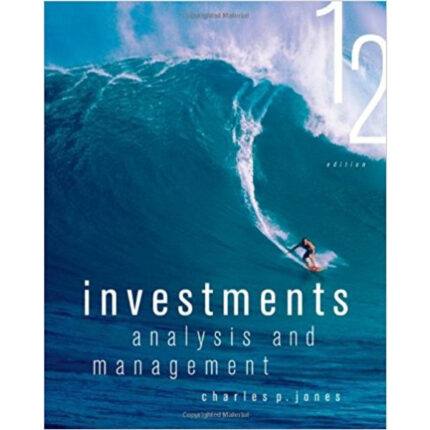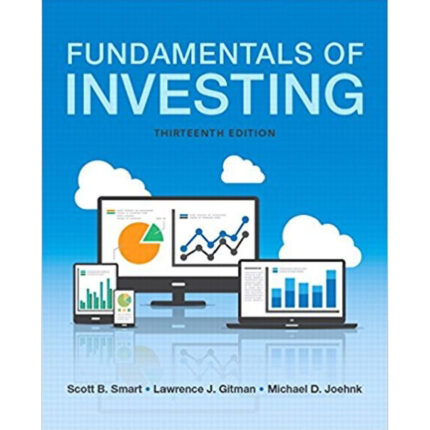Investments Global 11th Edition By Zvi Bodie – Test Bank
Chapter 11 Test Bank – Static
Student: ___________________________________________________________________________
1. If you believe in the ________ form of the EMH, you believe that stock prices reflect all relevant information, including historical stock prices and current public information about the firm, but not information that is available only to insiders.
A. semistrong
B. strong
C. weak
D. All of the options are correct.
E. None of the options are correct.
2. When Maurice Kendall examined the patterns of stock returns in 1953, he concluded that the stock market was __________. Now, these random price movements are believed to be _________.
A. inefficient; the effect of a well-functioning market
B. efficient; the effect of an inefficient market
C. inefficient; the effect of an inefficient market
D. efficient; the effect of a well-functioning market
E. irrational; even more irrational than before
3. The stock market follows a
A. nonrandom walk.
B. submartingale.
C. predictable pattern that can be exploited.
D. nonrandom walk and predictable pattern that can be exploited.
E. submartingale and predictable pattern that can be exploited.
4. A hybrid strategy is one where the investor
A. uses both fundamental and technical analysis to select stocks.
B. selects the stocks of companies that specialize in alternative fuels.
C. selects some actively-managed mutual funds on their own and uses an investment advisor to select other actively-managed funds.
D. maintains a passive core and augments the position with an actively-managed portfolio.
5. The difference between a random walk and a submartingale is the expected price change in a random walk is ______, and the expected price change for a submartingale is ______.
A. positive; zero
B. positive; positive
C. positive; negative
D. zero; positive
E. zero; zero
6. Proponents of the EMH typically advocate
A. an active trading strategy.
B. investing in an index fund.
C. a passive investment strategy.
D. an active trading strategy and investing in an index fund.
E. investing in an index fund and a passive investment strategy.
7. Proponents of the EMH typically advocate
A. buying individual stocks on margin and trading frequently.
B. investing in hedge funds.
C. a passive investment strategy.
D. buying individual stocks on margin, trading frequently, and investing in hedge funds.
E. investing in hedge funds and a passive investment strategy.
8. If you believe in the _______ form of the EMH, you believe that stock prices only reflect all information that can be derived by examining market trading data, such as the history of past stock prices, trading volume or short interest.
A. semistrong
B. strong
C. weak
D. All of the options are correct.
E. None of the options are correct.
9. If you believe in the _________ form of the EMH, you believe that stock prices reflect all available information, including information that is available only to insiders.
A. semistrong
B. strong
C. weak
D. All of the options are correct.
E. None of the options are correct.
10. If you believe in the reversal effect, you should
A. buy bonds in this period if you held stocks in the last period.
B. buy stocks in this period if you held bonds in the last period.
C. buy stocks this period that performed poorly last period.
D. go short.
E. buy stocks this period that performed poorly last period and go short.
11. __________ focus more on past price movements of a firm’s stock than on the underlying determinants of future profitability.
A. Credit analysts
B. Fundamental analysts
C. Systems analysts
D. Technical analysts
12. _________ above which it is difficult for the market to rise.
A. A book value is a value
B. A resistance level is a value
C. A support level is a value
D. A book value and a resistance level are values
E. A book value and a support level are values













Reviews
There are no reviews yet.